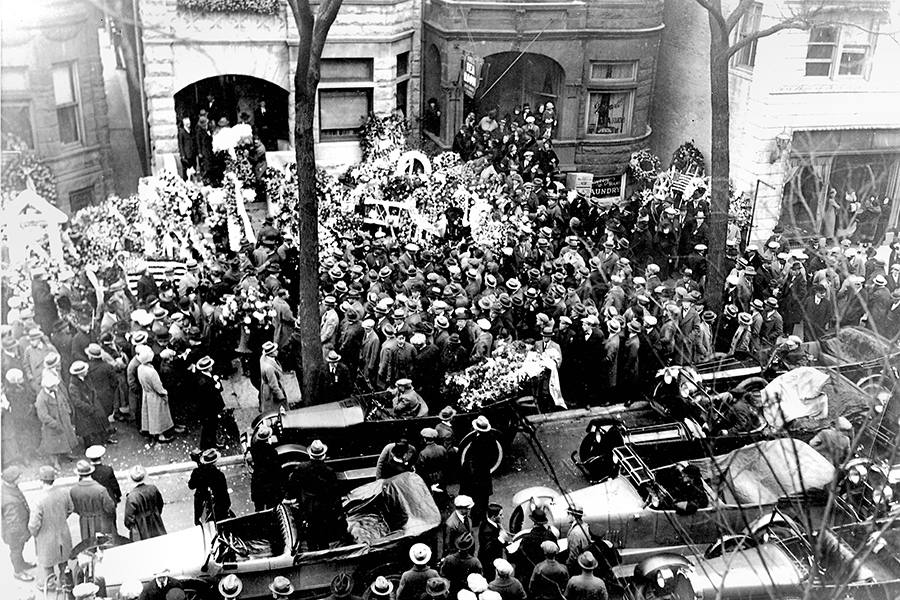John Binder's new book, Al Capone’s Beer Wars, goes far beyond the activities of Chicago's most infamous gangster. It's a complete study of the different facets of organized crime: the critical players, its loose rules, the lucrative payouts, and the true costs of business.
The University of Illinois at Chicago professor previously wrote about the Prohibition era in his well-regarded 2003 book The Chicago Outfit, but “the complete story was lacking,” Binder says.
"The scene just before Prohibition in 1919, and how the underworld got from where it was at the beginning to where it was when the dry era ended in 1933—there have been many interesting vignettes and some great books, but this is the only complete history of organized crime in Chicago during that era,” he adds.
Here, Binder shows us the locations of Chicago's lesser-known gangster history.
The Double Cross at Sieben Brewery
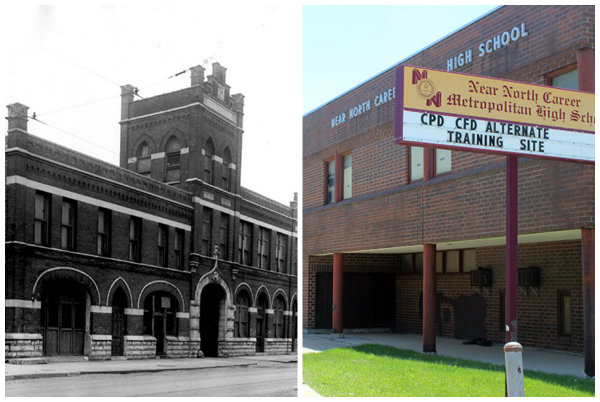
The Sieben brewery and beer gardens at 1466 North Larrabee Street was the site of perhaps the most infamous double-cross in all Prohibition history. Dean O’Banion, mercurial leader of the North Side Gang, had started scuttlebutt that he was retiring from the rackets. He offered to sell the brewery to John Torrio, leader of the major South Side outfit (where Al Capone was, at the time, second in command) for $500,000 cash.
But O’Banion’s sources had dropped a dime—the brewery was set to be raided and closed by Chicago police on May 19, 1924. The sale was executed, the brewery raided, and Torrio caged. The Beer Wars were about to commence.
“This was the giant straw that broke the camel’s back,” says Binder. “O’Banion was living on borrowed time after that.”
A Short Truce at Mike Merlo's Family Home
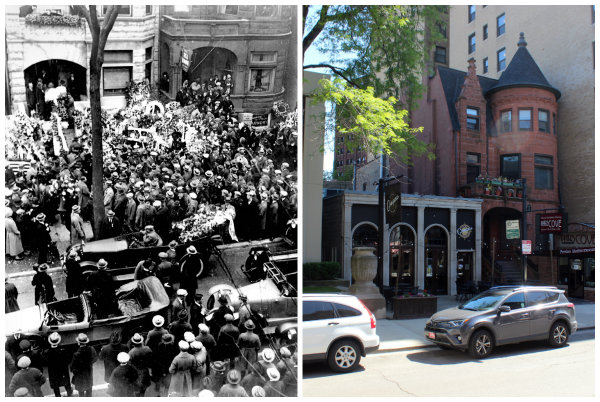
O'Banion's borrowed time was hitched to the lifespan of one Mike Merlo—chief of the influential Unione Siciliana—who lived with his family at 433 West Diversey Parkway. Merlo, a diplomatic man who believed so-called "underworld" business was better orchestrated in peace, is thought to have prohibited South Side gunmen from snuffing out O’Banion after the latter’s double-cross of their boss, Torrio.
But Merlo died of cancer November 8, 1924, and was waked at the family homestead on Diversey. His funeral was attended by 10,000 people.
An Assassination at Schofield’s Flower Shop
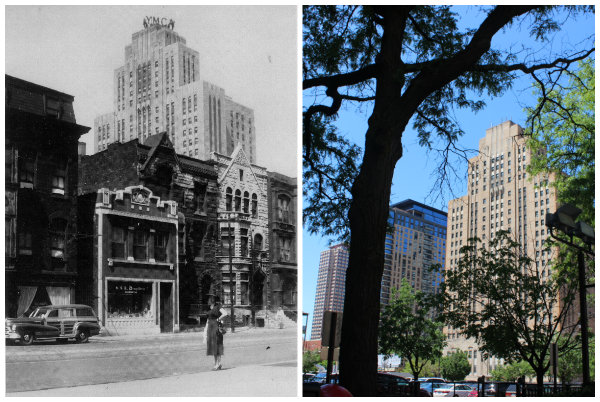
Two days later, three gunmen (believed to be Frankie Yale, John Scalise, and Alberto Anselmi) stopped at a small flower shop across the street from Holy Name Cathedral, ostensibly to collect flowers for Merlo's funeral.
O’Banion was part owner of Schofield's, which doubled as his headquarters. Yale is said to have grabbed O’Banion in a tight handshake while the Murder Twins pumped five bullets into his head, neck, and chest. The building itself lasted into the 1960s, but today there is only a parking lot haunted by ghosts of gangsters past.
Plugged Bullet Holes at Holy Name Cathedral
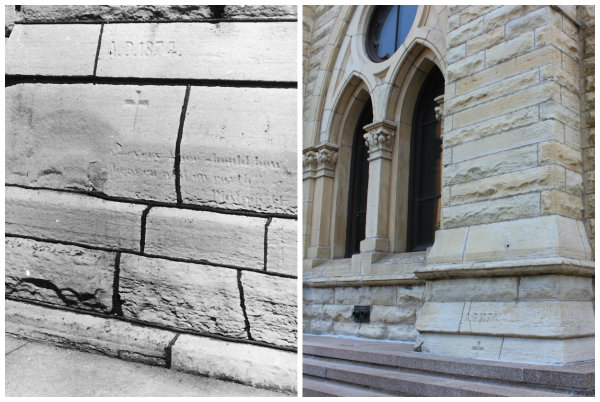
Don't believe the tour guides who say the drilled hole in the southwest corner of Holy Name Cathedral came from a Prohibition-era submachine gun. That aperture was used to hold a placard with the church service schedule.
But if they point to four plugged, faded spots around the dedication year on the cornerstone and tell you that .45 caliber slugs from a Chicago Typewriter did that, you will know you are in honest hands.
Hymie Weiss, who assumed North Side Gang leadership after O’Banion’s execution, was next up for the Torrio-Capone mob. They murdered Weiss in a precise machine-gun hit the afternoon of October 11, 1926, as he crossed in front of the church toward Schofield’s, where his boss had been cooled 11 months earlier.
An Underworld Murder Under Michigan Avenue
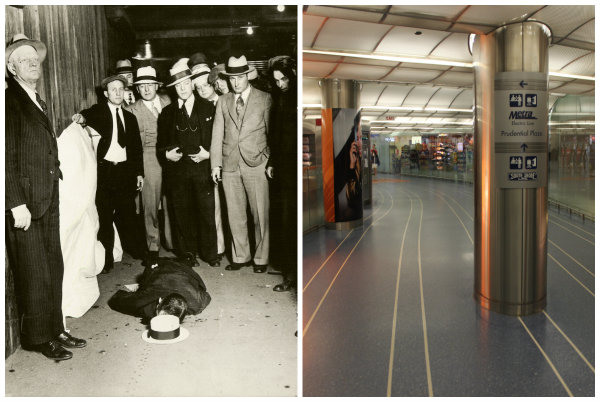
Four years later, Chicago Tribune reporter Jake Lingle was executed in the pedestrian tunnel beneath Michigan Avenue. The public was dismayed: gangsters had put a .38 caliber slug into Lingle’s head to stop him reporting about their underworld crimes and misdemeanors, many thought. Lingle was toasted, lionized, and mourned, until the truth emerged.
Lingle had been deep in business with mobsters on both sides of the Beer Wars—selling “high-priced, low-quality protection,” as Binder says, through his close personal friendship with police commissioner William Russell. For many years it was thought Capone’s men had iced Lingle, but the facts point to the North Siders and a man named Jack Zuta as the murder’s architect.



